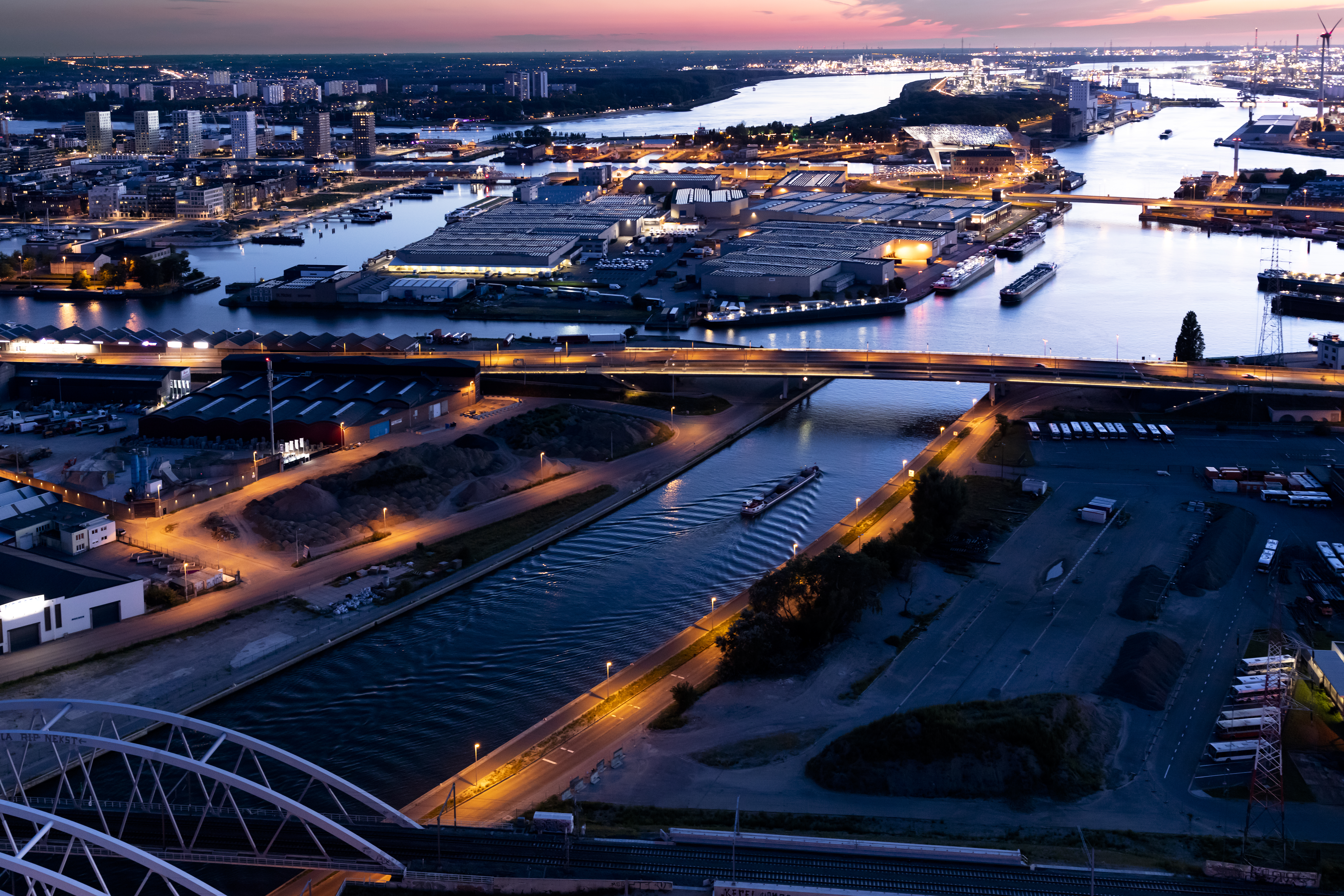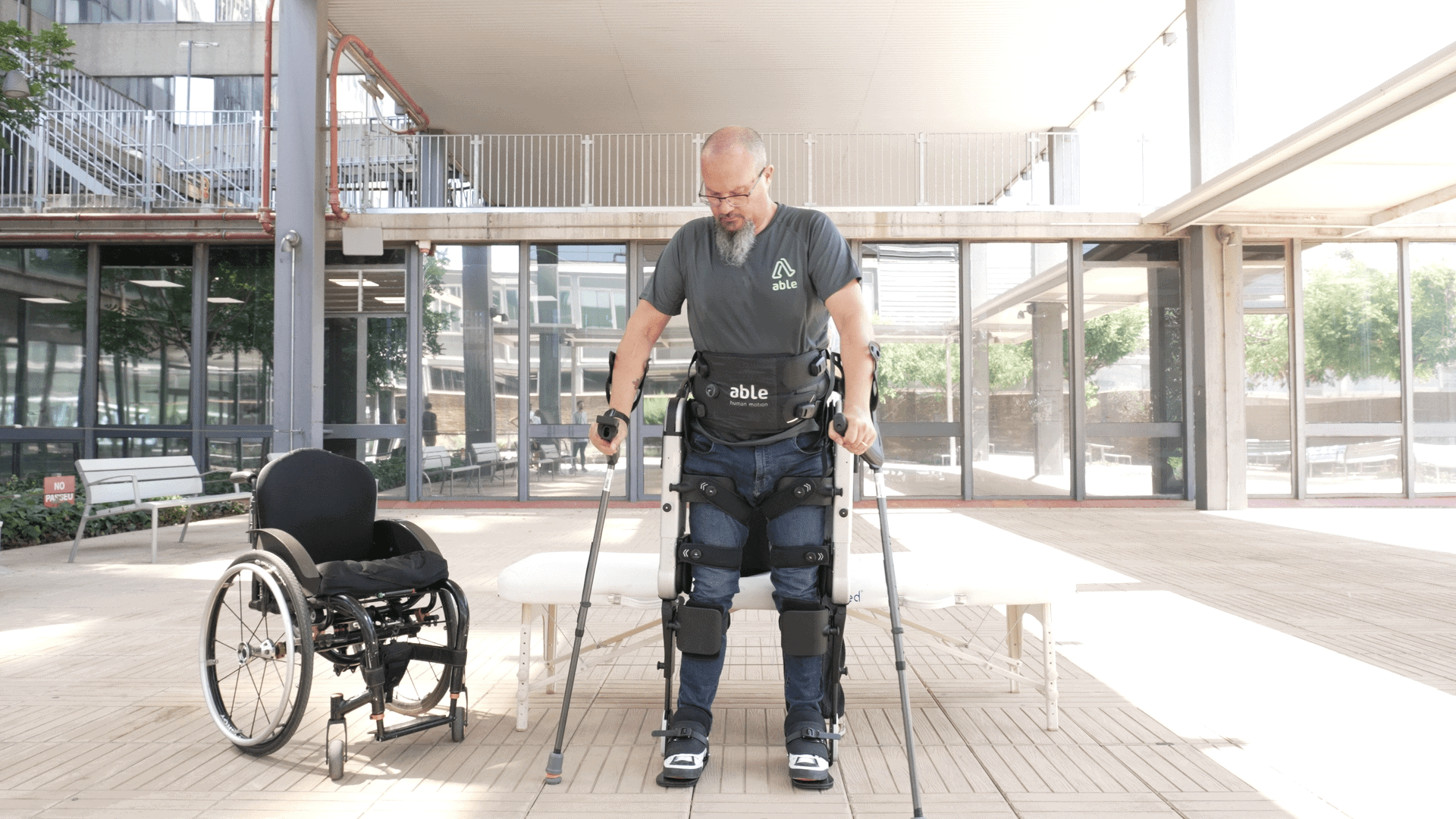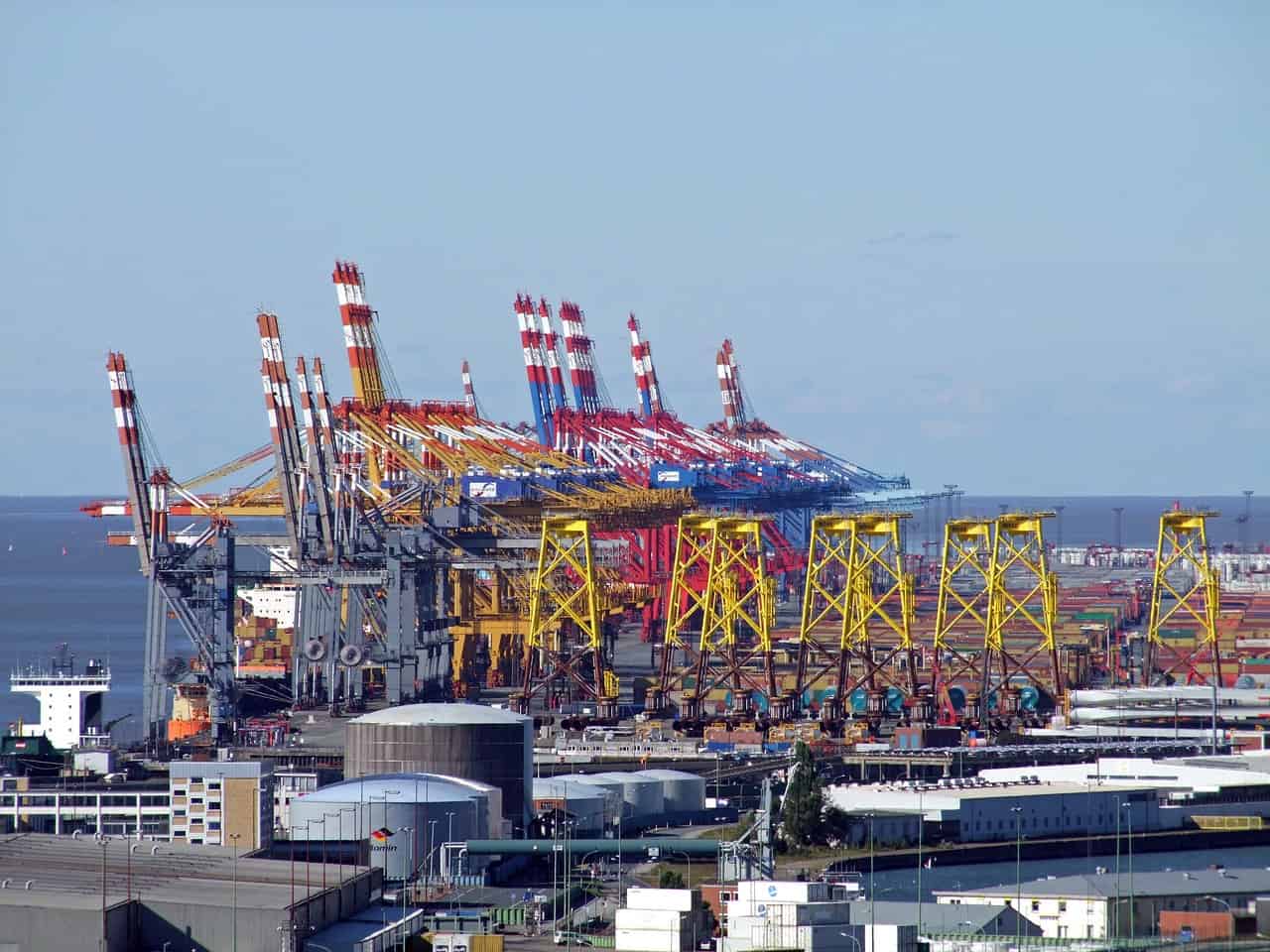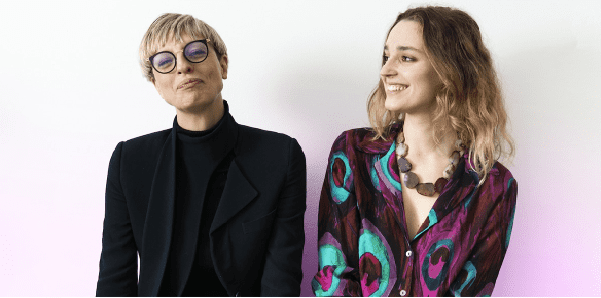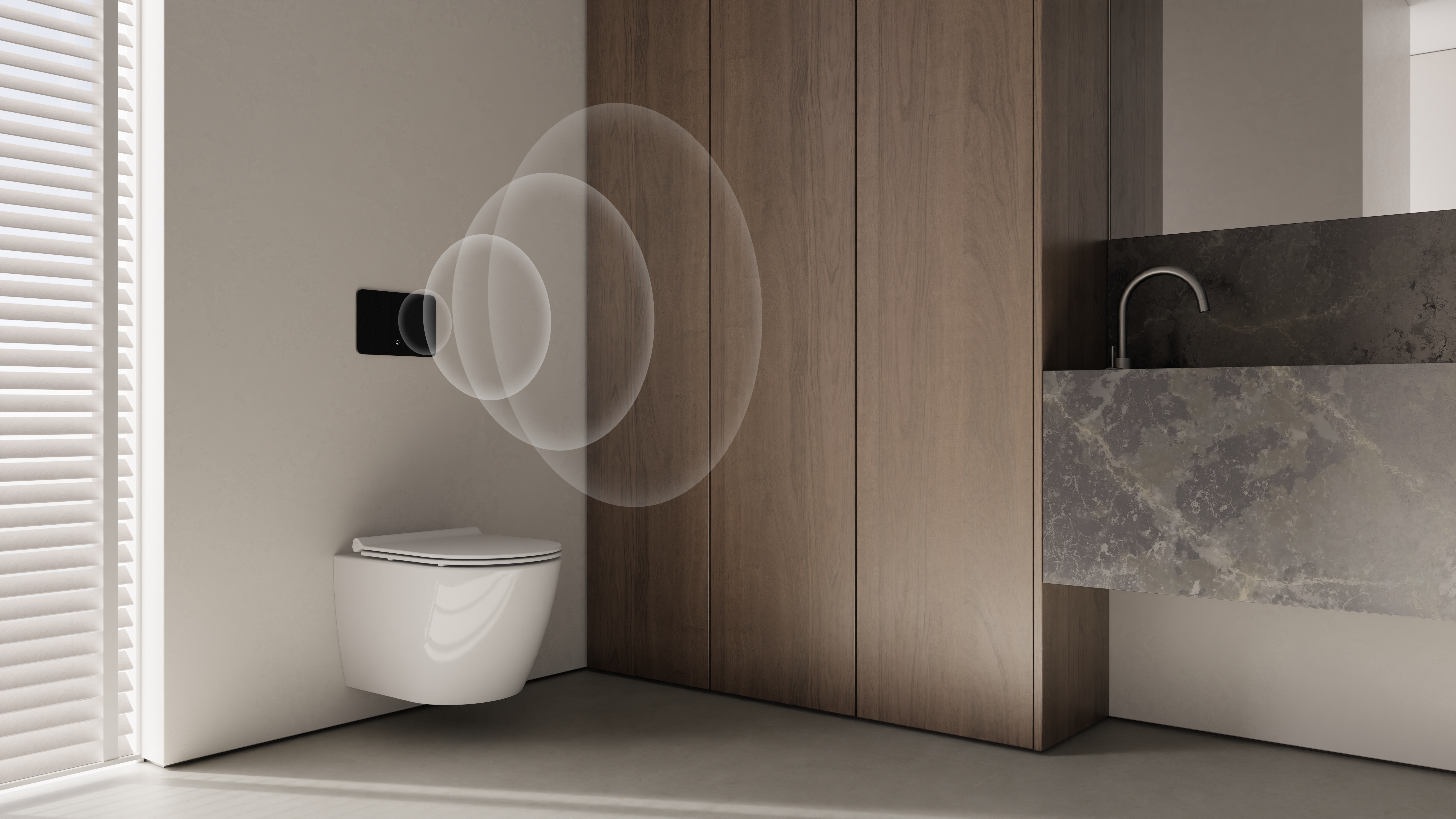
About Ipee
- Founders: Jan Schoeters and Bart Geraets
- Founded in: 2021 in Antwerpen
- Employees: 21
- Money raised: -
- Ultimate goal: conserve water in sanitary facilities around the world
IPEE NV, a start-up from the Belgian city of Antwerp, has launched a smart toilet and urinal on the market that decides for itself how much water is needed for flushing. You don’t even have to touch a button for it. The system can be used anywhere, both in public and private spaces. Jan Schoeters and Bart Geraets, founders of IPEE, tell us more about it in this instalment of Start-up of the day.
What is different about this than classic flushing systems?
“Classic flushing systems do not make use of data. At the most, they have push-buttons. Or infrared vision that can detect occupancy. Up until now, no one thought about data that you could collect via sanitary facilities. That’s what we started doing. Thanks to this data, we can adjust the flush volume to suit actual usage. Through our sensor technology, which we developed ourselves, we are able to monitor the use of toilets and urinals extremely accurately. This enables us to optimize flushing behavior. If you then link the sanitary facilities via the Internet of Things ( IoT) to building management software, you can also regulate cleaning and maintenance much more effectively.”

How much water are you conserving with your system?
“By flushing only when a toilet has been actually used, we are already achieving savings of 50 percent at busy locations that work with automatically flushing sanitation. By also measuring the extent of use, the system can automatically provide a smaller or larger flush volume. This ensures additional savings of up to fifteen percent. When you realize that in offices and stores that as much as 62 percent of water consumption comes from use of the sanitary facilities, you understand that this innovation can have a major impact. At an airport like Los Angeles, we could save an amount of 150 to 170 Olympic-sized swimming pools per year in rinse water.”

How does the IPEE sensor work exactly?
“The sensor measures a number of things through the ceramic of the toilet. For example, we look at the changes in water conductivity in the siphon during use. We monitor the water level before use, during use and after flushing. We analyze the vibrations of the water surface. The combination of this data enables the system to flush with the appropriate amount of water.”
Is automatic flushing going to be more common in the future?
“Most definitely. Automatic and smart flushing are the future. Just like autopilot in airplanes and autonomous driving cars are. Thanks to the influence of Covid, we are seeing a marked shift toward touch-free applications. Hand hygiene has become an important topic. We are facing very big challenges where sustainability and water conservation are concerned. Our products combine both: namely touch-free flushing and water conservation in one solution. That is unique. We now have several large projects underway at airports, hospitals and office buildings, both locally and in Singapore, for instance.”



